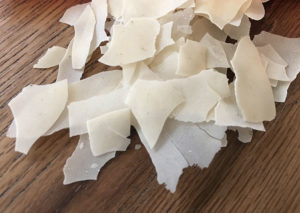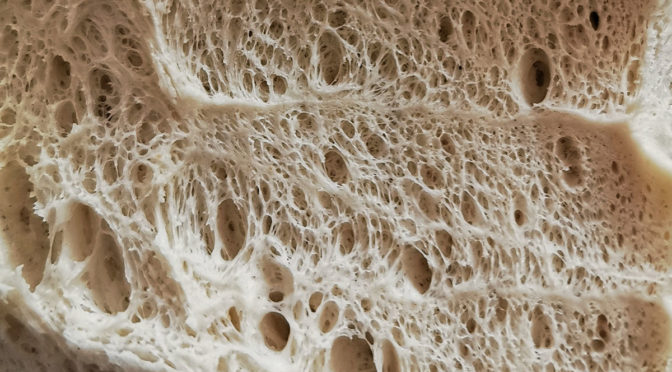How to Dry and Reactivate Mother Yeast. I could start from 1960, when there were no refrigerators, or there were very few who owned one, mother yeast was an indispensable thing for all those who prepared bread, pizza, savory and sweet cakes, then came the cold chain and with it the brewer's yeast. Problem solved!
I'm going too fast? Ok, slow down. Brewer's yeast used today for bread making, the one in cubes to understand better, it is composed of mushrooms which, added to water and flour, produce gases that give rise to leavening.
How to Dry and Reactivate Mother Yeast
The mother yeast is composed of lactic microorganisms which during fermentation produce carbon dioxide giving rise to leavening. It is generally composed of flour, water and a sugar used as an activator, usually honey.
Yeast, or if you prefer to call it sourdough it can be produced from scratch, or it can be bequeathed by someone who already "cultivated" it previously.
Same result but obtained with two different products.
Honestly, it's a lot of work to keep him at home, twice a week it should be washed, refreshed and we have to feed him otherwise he dies.
All is well until we have to leave home for a few days, for holidays or other commitments. So what happens? Our mother yeast dies, or as I suggest in this article we can dry it.

How to dry it
Just spread it over the parchment paper in a thin layer at room temperature until it is possible to crumble it into flakes or powder. You can store the flakes in an airtight glass jar and done.
This operation can take more or less time, depending on the season. Once crumbled and stored, our mother yeast will not need any maintenance or refreshments. It can be stored for many months.
And now how do you use it again?
By doing this in a couple of days it should be ready to use again for your next dough:
Rehydrate the yeast and then refresh it, as soon as you notice the classic fermentation bubbles it is ready to be used again. If you notice that the reboot is long and difficult, add a little honey and the problem will be solved.
Conclusion
All these leavening processes, which flours to use and how they should be used are the basis of our professional pizza chef courses that we carry out weekly at our pizza school. If you want more information about our workshops, click here.
If you have a busy life, full of commitments and you don't have time to come to our pizza school to personally attend a course, we recommend the fantastic "Corso Di Pizzaiolo Online" available here on our website. Just download it on your phone or PC and you can follow it from your home comfortably seated on the sofa. Find out more, click here.
See you soon
Silvio Cicchi
